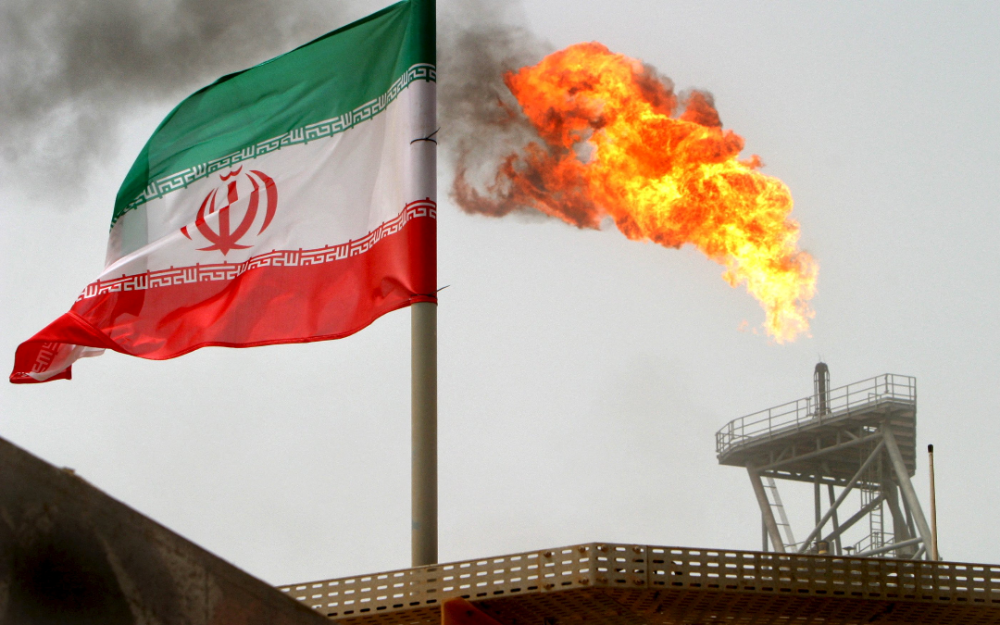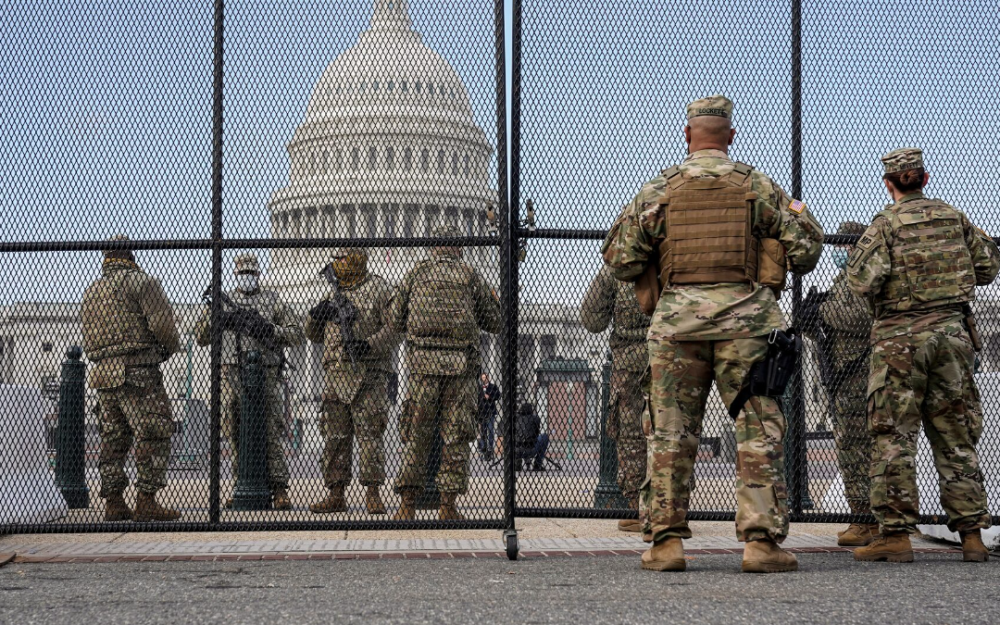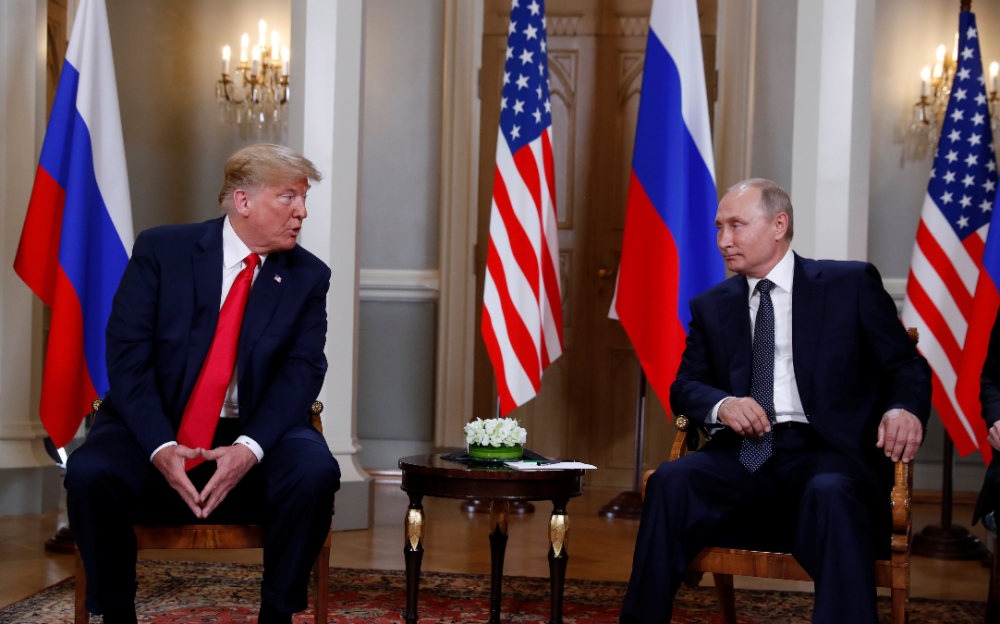中東新情勢:停火脆弱,戰雲未散

The New Middle East Reality: Ceasefire on Paper, War on the Horizon
As of late June 2025, the eyes of the world are once again fixed on the Middle East. A fragile ceasefire exists between Israel and Iran, but tensions remain dangerously high. From large-scale airstrikes and nuclear site bombings to threats of closing the Strait of Hormuz, the region stands on the edge of escalation. Beneath the surface of diplomatic statements, the situation continues to deteriorate, with risks that could ripple across global politics and energy markets.
⸻
1. Escalation of Hostilities: Israel–Iran Retaliation Cycle
On June 13, Israel launched a bold airstrike campaign, dubbed Operation Narnia, targeting key Iranian nuclear facilities, air defenses, and missile infrastructure. The operation, coordinated with Mossad, demonstrated Israel’s resolve to prevent Iran from acquiring nuclear capabilities.
Iran swiftly retaliated by launching missiles into Israeli territory—one of which mistakenly struck the Soroka Medical Center, drawing international condemnation. Despite the appearance of a ceasefire, the cycle of revenge continues to intensify.
⸻
2. U.S. Strikes Iranian Nuclear Sites: Strategic Signals
On June 22, the United States entered the fray, launching coordinated air and naval attacks on Iran’s key nuclear facilities in Fordow, Natanz, and Isfahan. Using B‑2 stealth bombers and precision missiles, the U.S. sought to cripple Iran’s nuclear infrastructure.
Although the attacks were initially deemed successful, analysts later revealed that Iran’s underground facilities remained partially intact—delaying, but not dismantling, Iran’s nuclear ambitions. In retaliation, Iran fired missiles at the U.S. airbase in Al Udeid, Qatar, which were intercepted without casualties.
⸻
3. The Strait of Hormuz: The World’s Energy Bottleneck
In a provocative move, the Iranian parliament voted to authorize the potential closure of the Strait of Hormuz—a strategic chokepoint through which over a quarter of the world’s oil supply passes. Although the strait has not been officially closed, the vote triggered market jitters and highlighted the region’s ability to disrupt the global energy flow at any moment.
⸻
4. Internal Crackdown in Iran: Censorship and Repression
Amid external conflict, Iran’s internal situation has worsened. In response to unrest, the regime launched a brutal crackdown, especially in Kurdish regions, with mass arrests, reported executions, and widespread internet shutdowns. In some provinces, internet speeds dropped by over 97%, a sign of deliberate state censorship to stifle dissent and control narratives.
⸻
5. International Mediation: Limited Leverage, Growing Anxiety
Global powers are scrambling to de-escalate the crisis. The EU and G7 jointly issued statements urging an immediate halt to hostilities, reiterating their firm stance that, “Iran must never possess nuclear weapons.” China and Russia have proposed mediation, but their perceived bias toward Iran limits their diplomatic effectiveness. Meanwhile, political voices in India have urged the government to reaffirm its traditional alignment with Iran.
Israel and the U.S. have also moved to deepen military cooperation. American forces are reportedly shifting deployments across the region to more secure, mobile positions to mitigate vulnerability to Iranian strikes.
⸻
6. Outlook: A Volatile Peace, A Fragile Future
While a ceasefire is technically in place, the situation remains precarious. Iran’s nuclear capabilities are bruised, but not broken. Israel shows no sign of backing down, and the U.S. remains strategically engaged. The threat of regional escalation lingers—particularly if the Strait of Hormuz is closed, or if either side resumes strikes.
The broader picture is one of persistent instability: authoritarian crackdowns inside Iran, volatile geopolitics, unresolved hostilities, and stalled diplomacy. The road to lasting peace is long, uncertain, and fraught with miscalculations.
⸻
Conclusion
For now, the Middle East is caught in a delicate balance between war and restraint. Ceasefires may calm the headlines, but not the reality. If the international community fails to establish a robust dialogue and deconfliction mechanisms, the region may tumble into deeper chaos—fueling not only local suffering but also a global crisis.
In times like these, peace is not just a hope. It is an urgent responsibility for all nations.
































